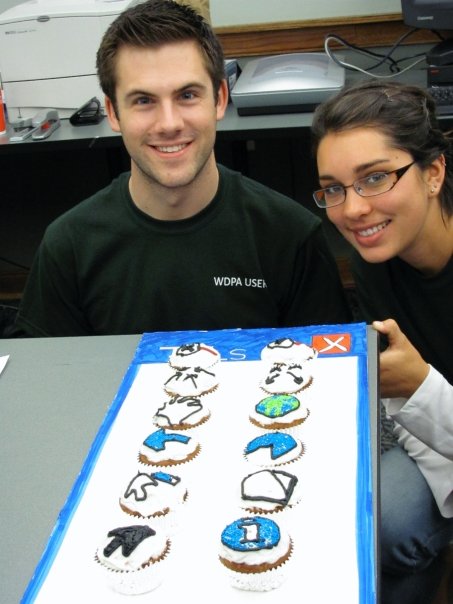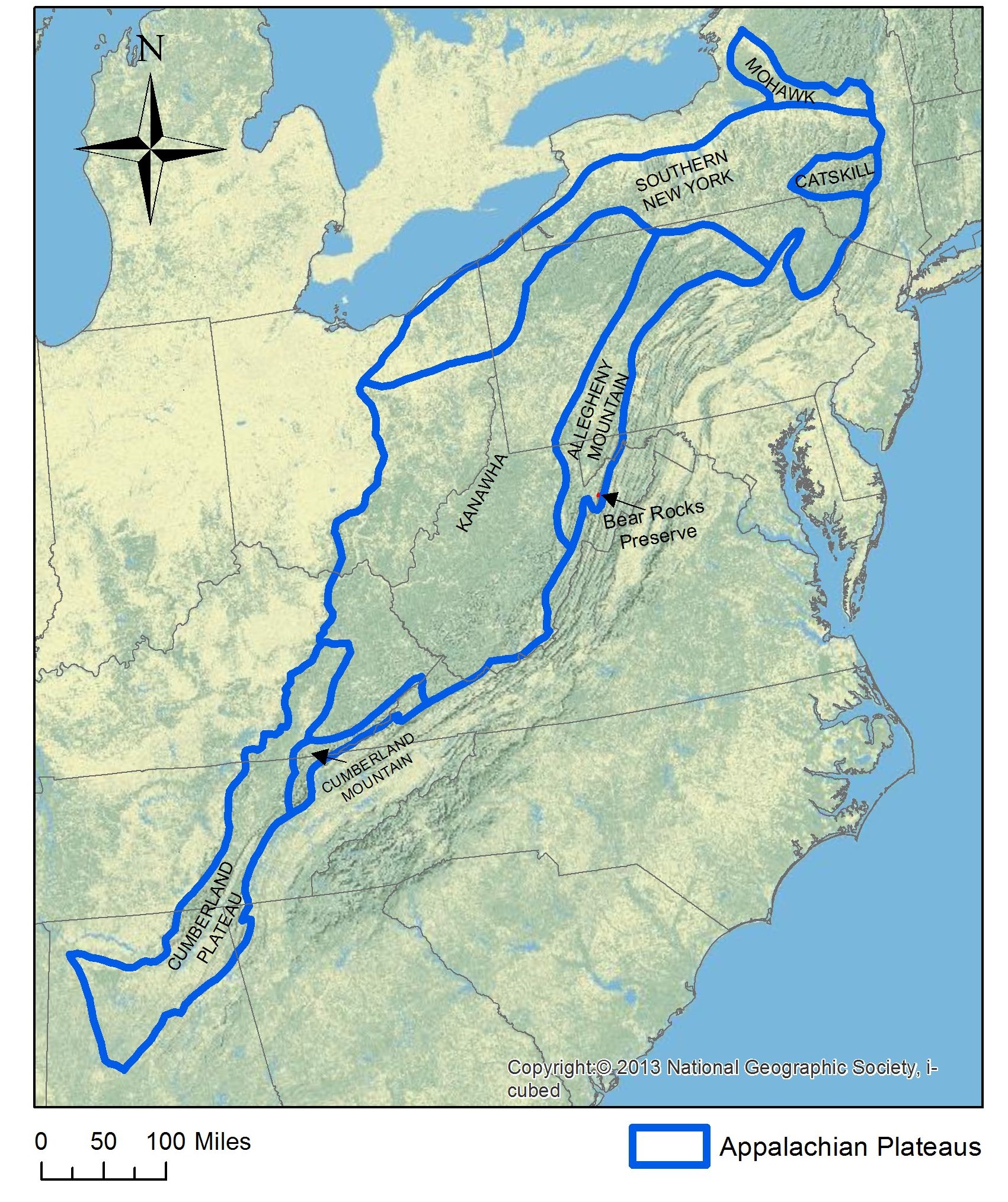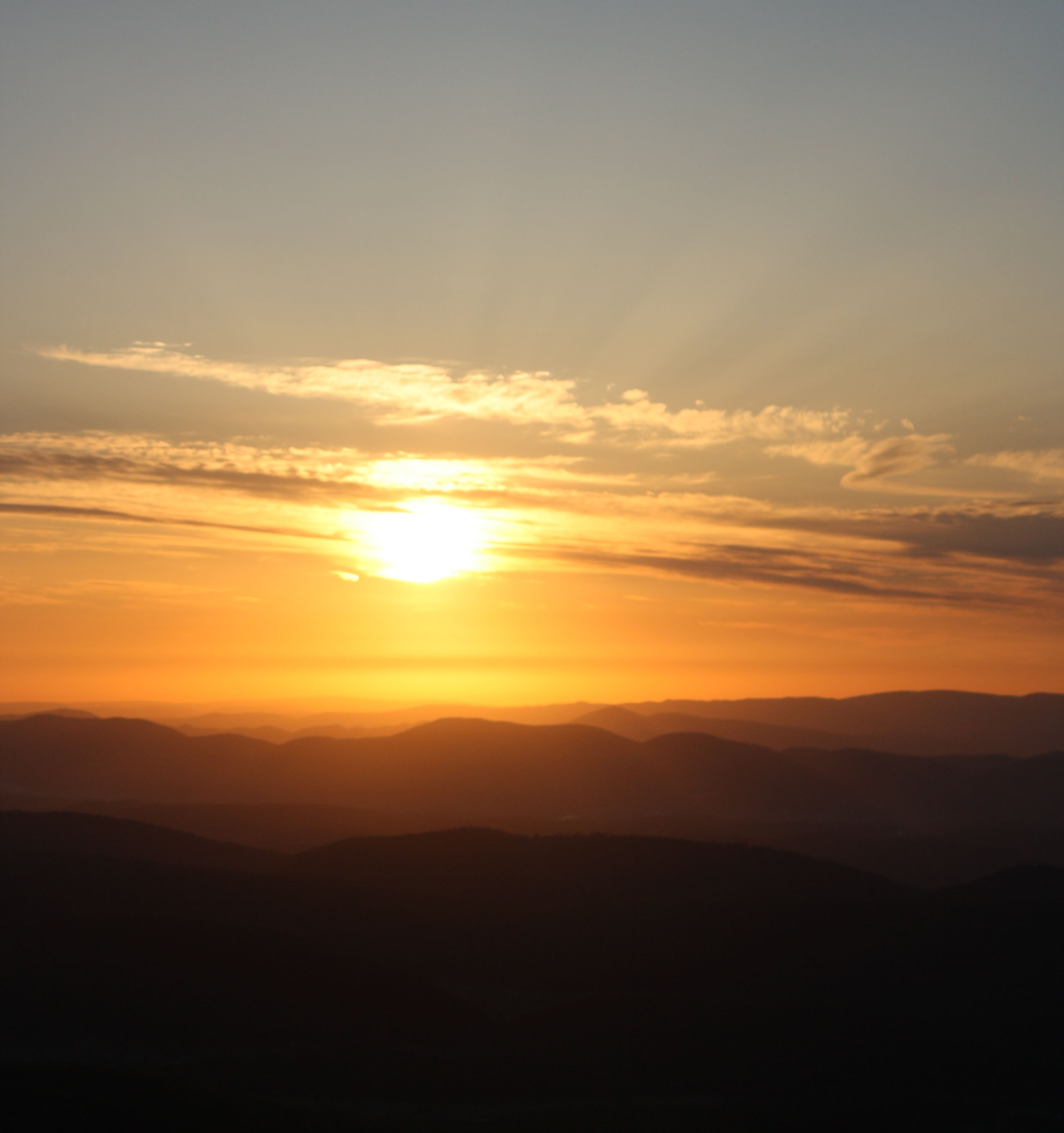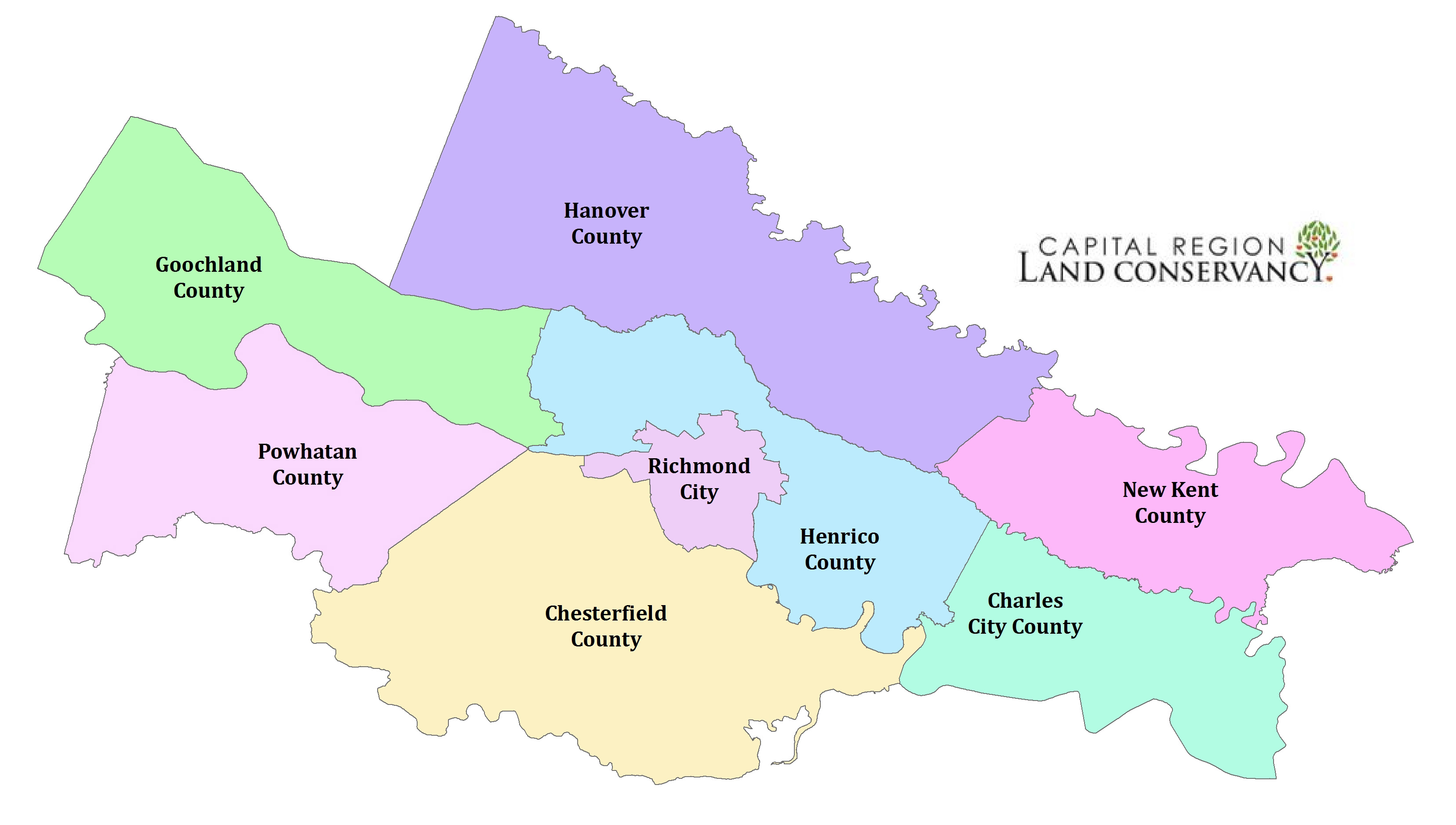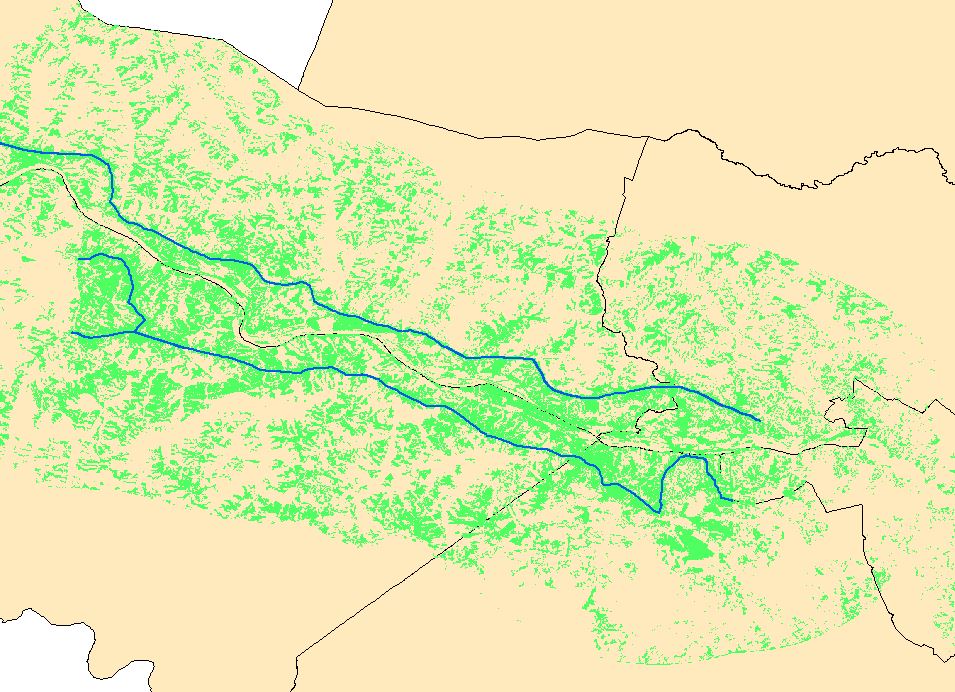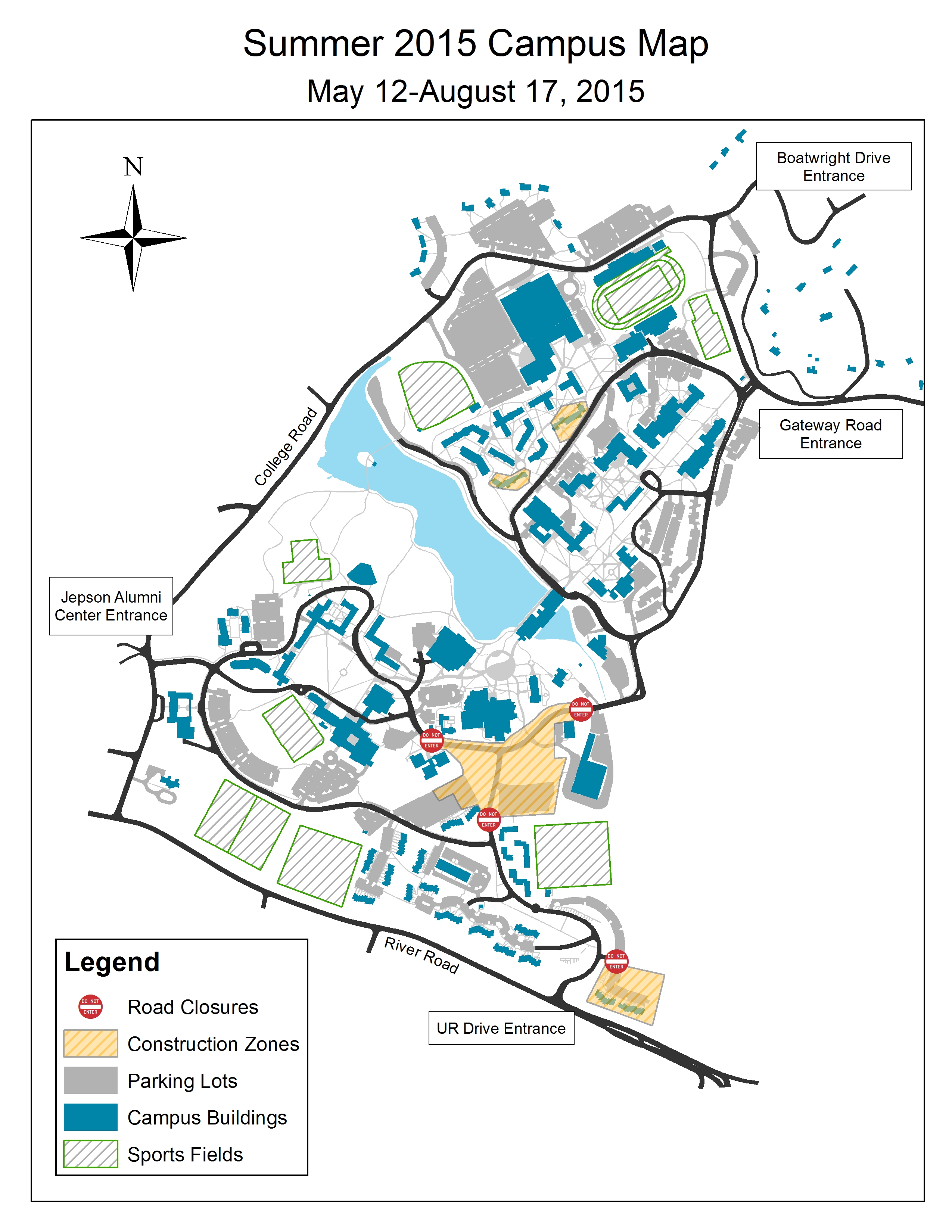On Wednesday November 18th GIS nerds across the globe will come together to celebrate all things GIS! As always we’ll have our fabulous cake contest to see who can win for their creativity and design skills! Check out some of the awesome things we have planned below:
Schedule
9:00-10:00 – Breakfast Welcome/Open House
10:00 -11:00 – Model Builder and Python Workshop
11:30-12:00 – GIS and Epidemiology: The Spread of Lyme Disease
12:00-12:30 – Campus GIS Showcase
12:30-2:00 – Open House and Campus Geocaching Activity
2:00-2:30 – Race and Poverty in the Richmond Region
2:30-3:00 – Campus GIS Showcase 2
3:00-4:00 – Cake Contest voting
4:00-5:00 – GTU Induction Ceremony and Party!
Details
Breakfast Open House- Join us for coffee and bagels as we discuss the big day ahead and answer any questions you have about GIS or the Spatial Analysis Lab.
Model Builder and Python Workshop: Come learn how Model Builder and some simple Python scripting can automate your analysis and procedures to save you tons of valuable time! Taught by our wonderful intern Tracy Tien, this one is a can’t miss for anyone using GIS
GIS and Epidemiology: The Spread of Lyme Disease – Senior intern Shaquille Christmas will present his independent study with Dr. Jory Brinkerhoff about the spread of Lyme disease within Virginia and how GIS is helping them research and track it.
Campus GIS Showcase – Dr. John Scrivani and GIS Technician Taylor Holden will showcase some of the many student projects using campus as a living lab over the past several years. In addition they will show some innovative uses for LiDAR data in campus asset management. Other topics will include tree inventory, carbon storage, illumination safety mapping, and field collecting data with ArcGIS Online.
Campus Geocaching Activity – Join the UR Geography Club for a fun adventure mapping various campus infrastructure elements. This crowd sourcing activity will showcase how data can be collected by a variety of stakeholders for many different projects. Prizes will be won!!!!
Race and Poverty in the Richmond Region – Watch senior intern Olivia Mobayed discuss assisting Dr. John Moeser with his research into race and poverty in the Richmond Region. This ongoing and highly influential project has found a new home in the SAL where we will help expand his analysis and dig deeper to further explore inequality and changing demographics in our region.
Cake Contest – Enter your most creative geography or GIS themed cake/cupcakes/desert for a chance at three prizes! Awards are based on creativity and cleverness, so no baking skills needed! Feel free to bake your own or purchase pre-made cakes to decorate. Drop your cake off early in the morning for everyone to admire! For ideas check out some of our past entries below.
Gamma Theta Upsilon (GTU) Induction Ceremony – Join us a we induct new members into the UR chapter of the International Geography Honor Society. Cake and other refreshments will be served as celebration!
Some past GIS Day Cakes:

